Graphic
Ella Mishan The Shabbat Table
-
Tauira / Student
Ella Mishan -
Kaiako / Lecturers
Marcos Mortensen Steagall, Fiona Grieve
-
School
AUT Art + Design 2025
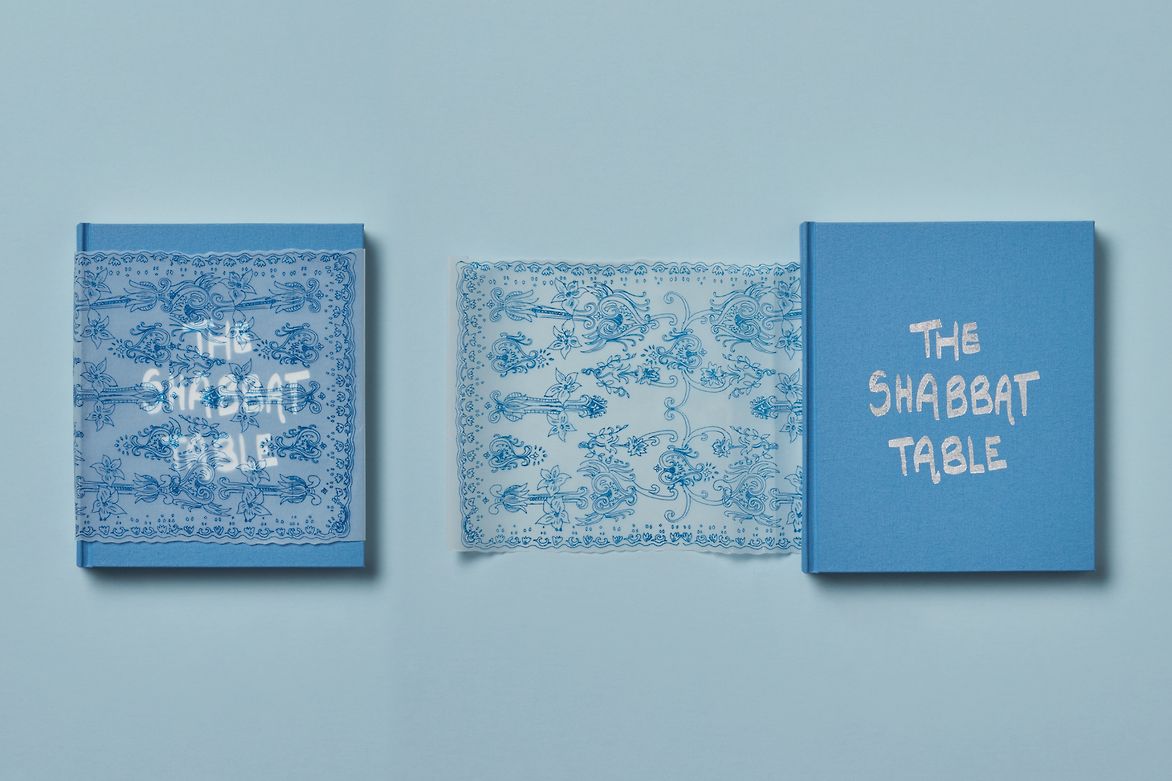
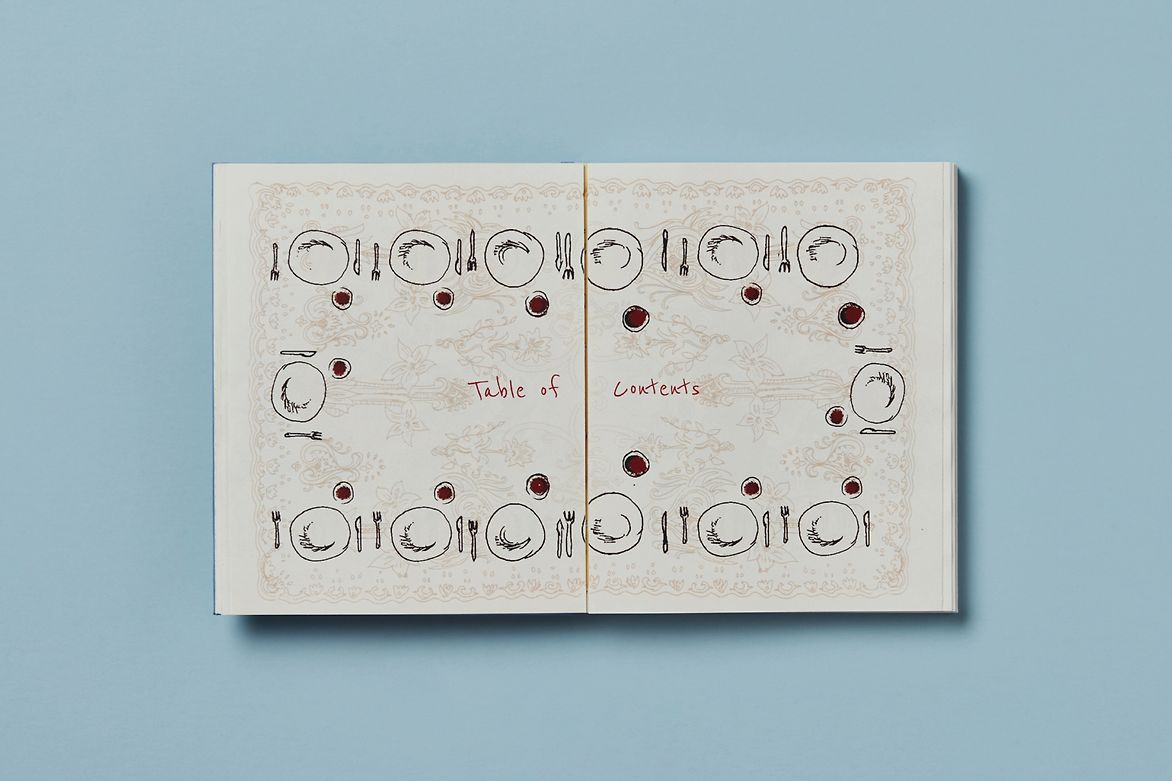
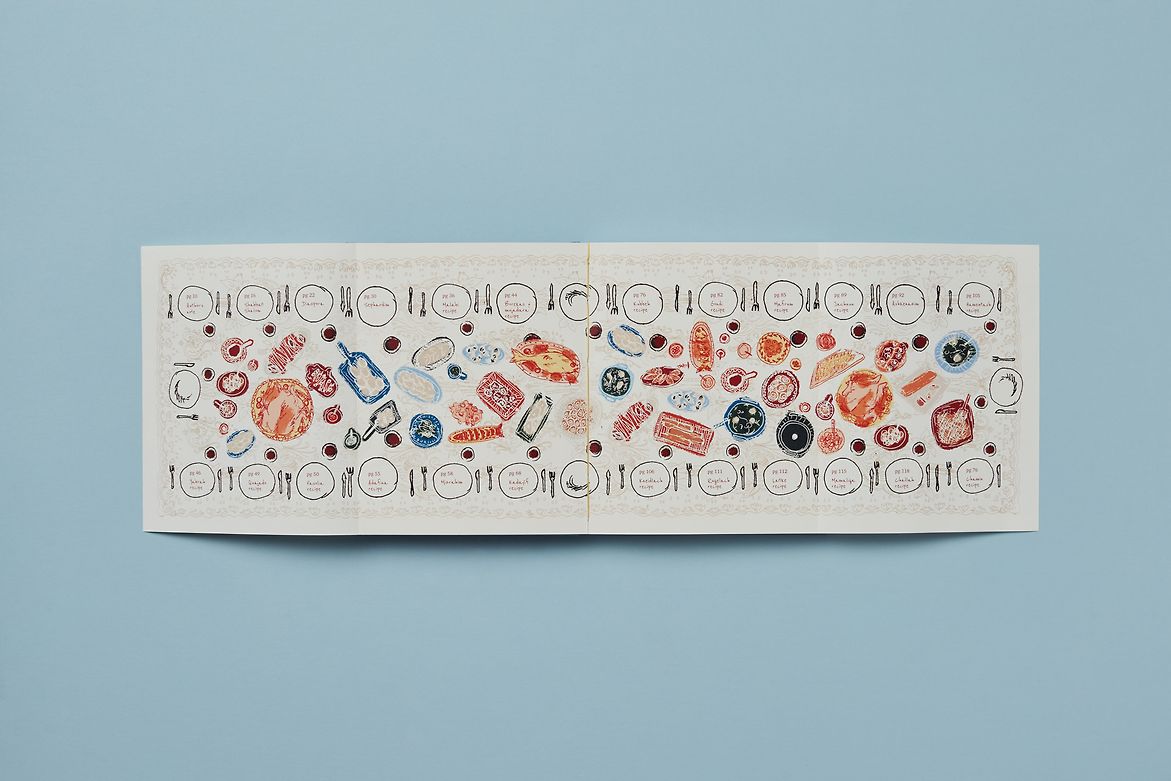
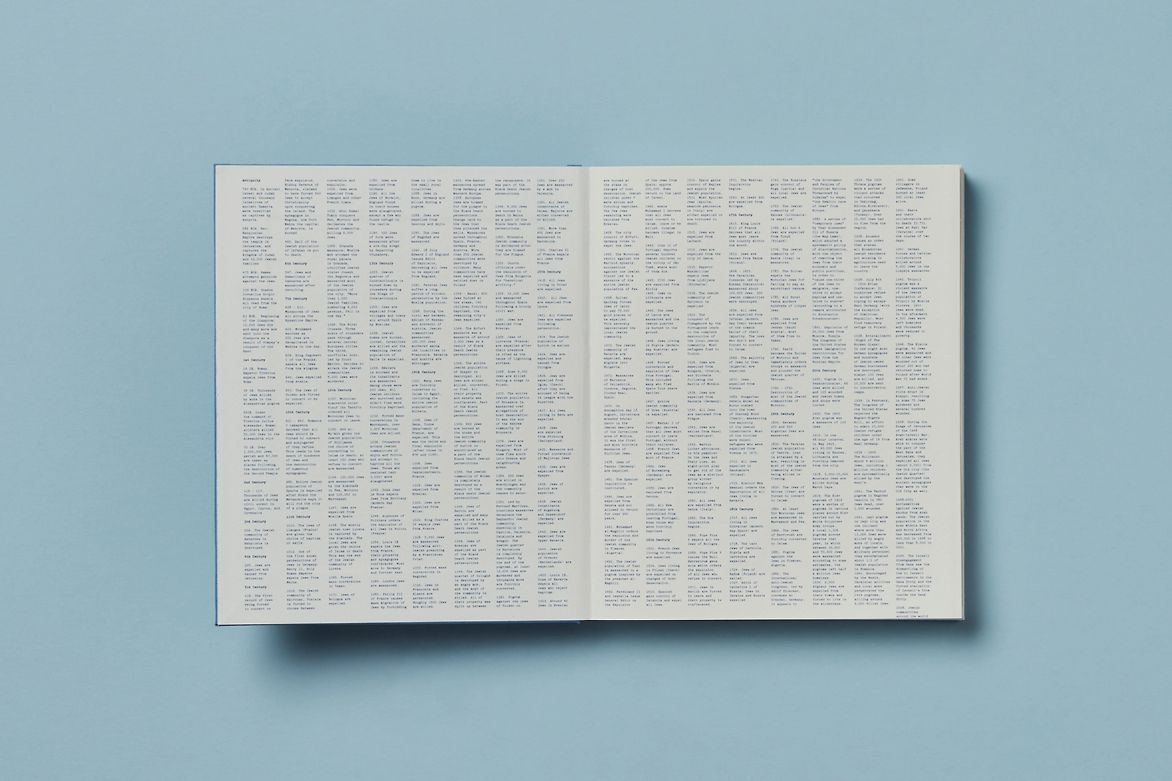

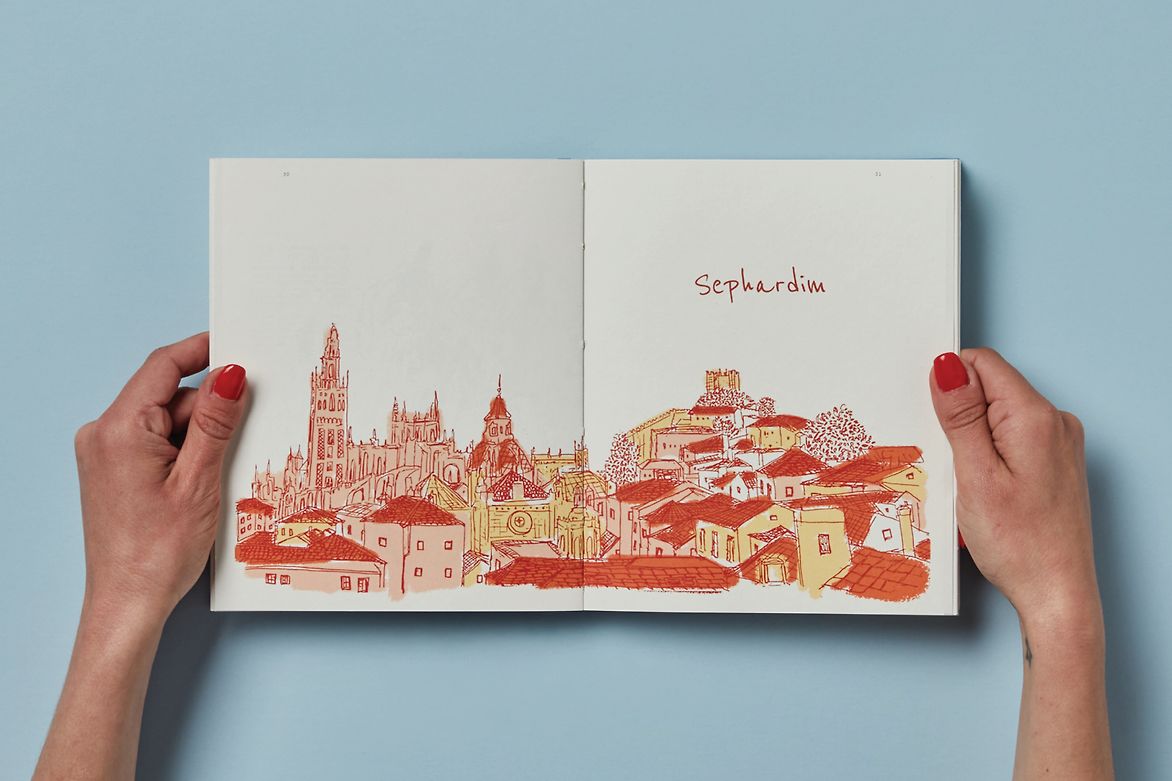
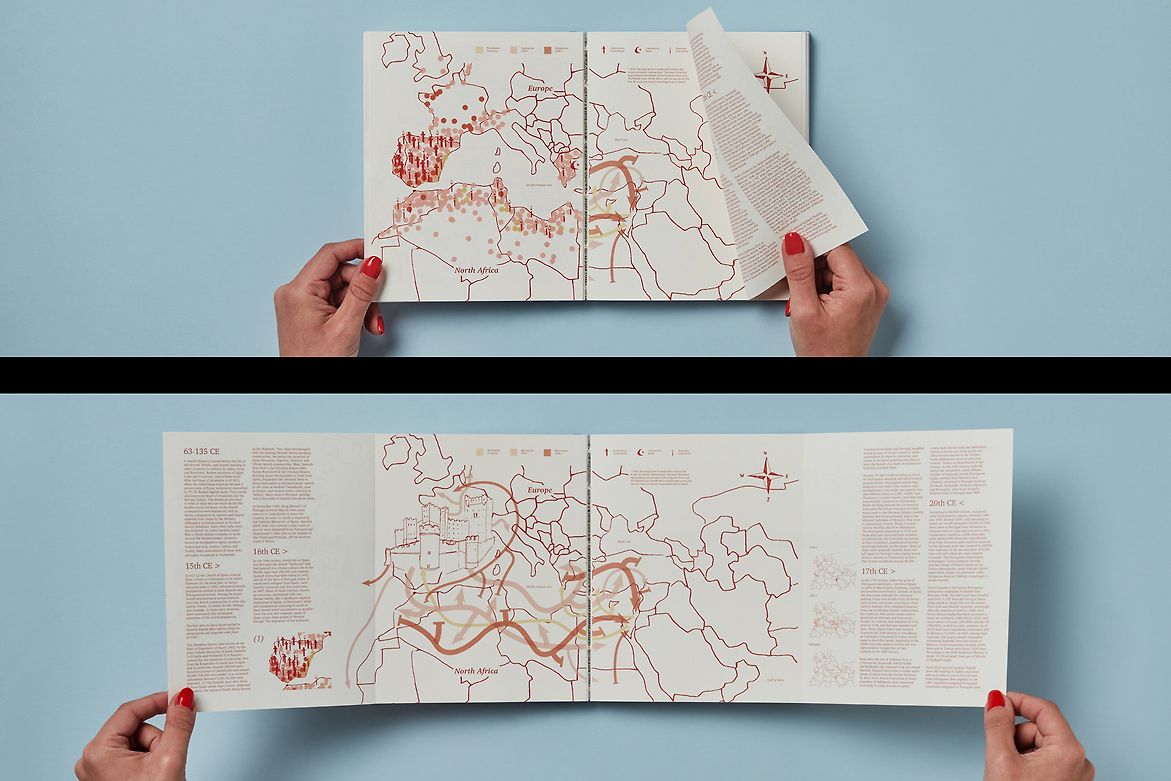
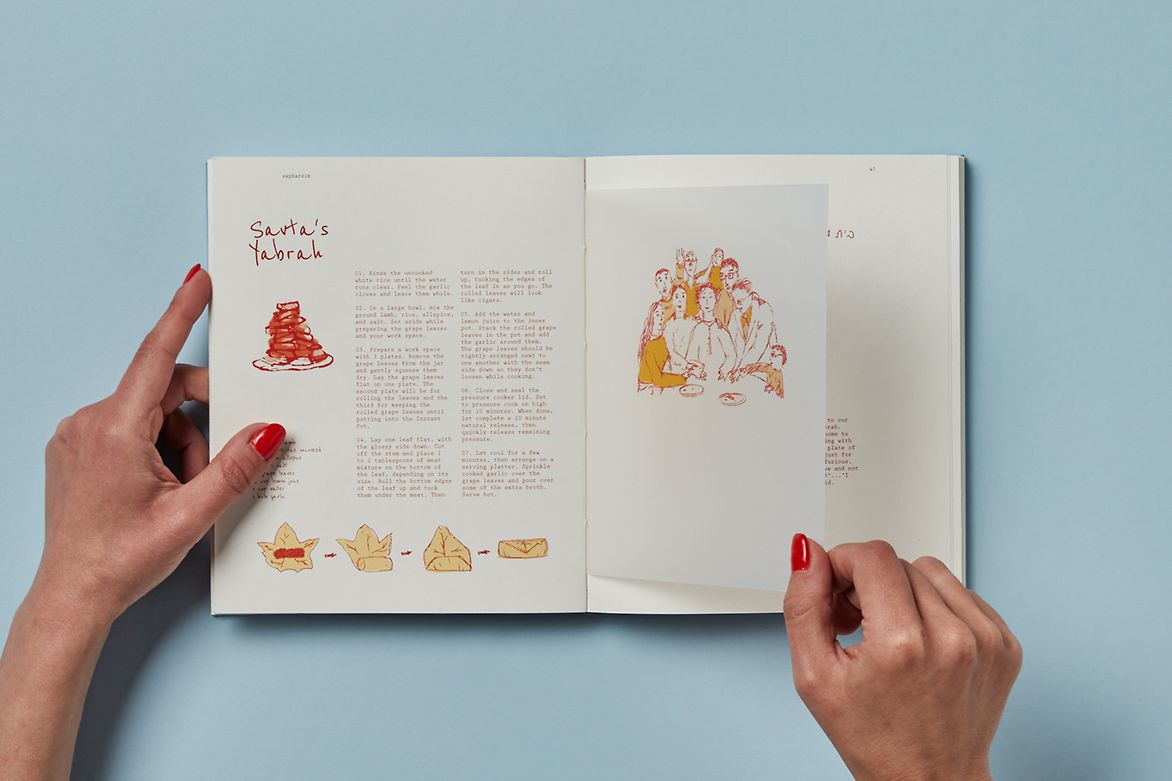
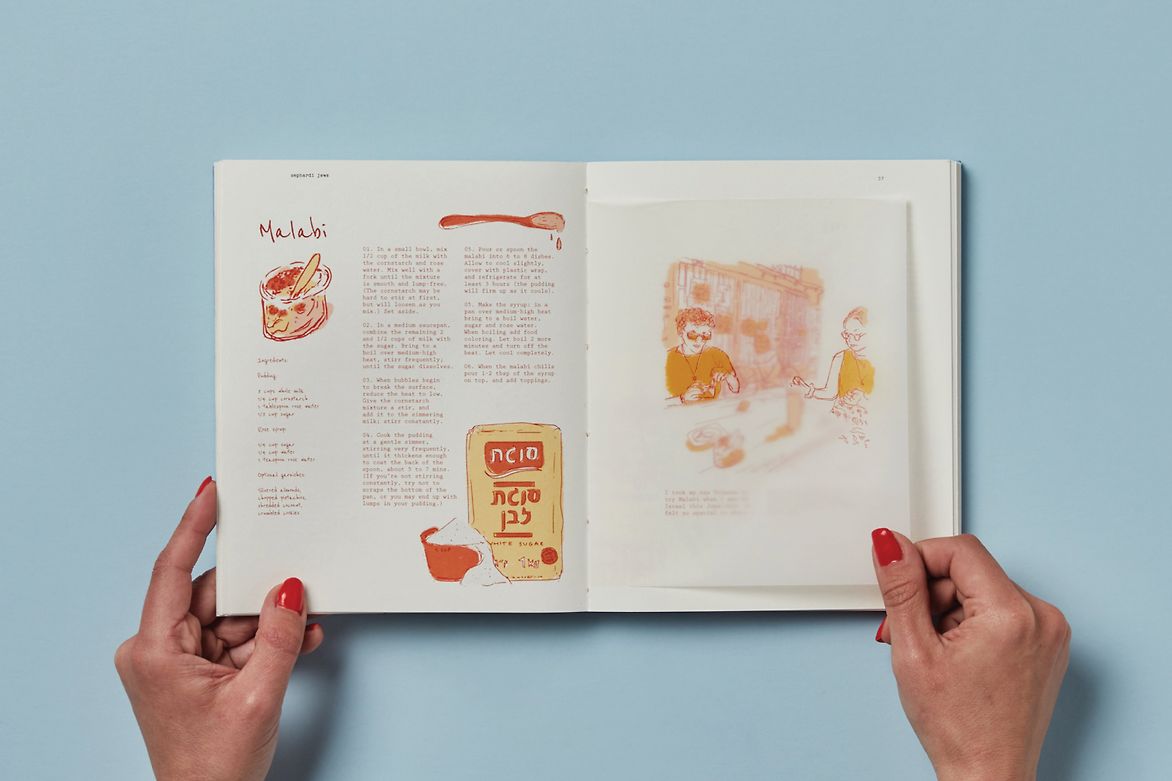
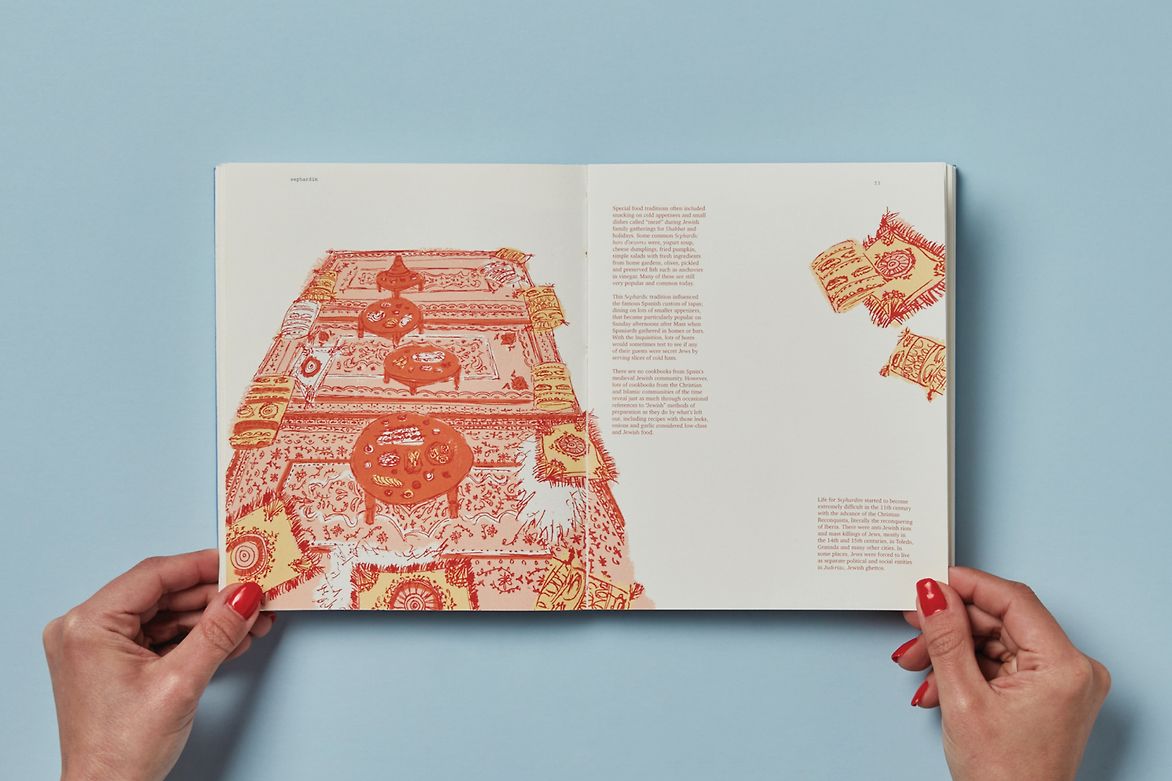
Description:
This project developed out of a newfound appreciation for my Jewish culture and it's vibrant, eclectic nature born from hundreds of years of exile and diaspora. It also serves as a tool to combat the face of rising antisemitism. The heart of the publication is about bringing people together and simultaneously bringing forth discussions about Jewish histories over food, a universal language we all speak. By highlighting the diversity and significance of Jewish cuisine, this project challenges stereotypes and promotes inclusivity.
Through careful narration, the publication seeks to tell a story about different Jewish groups' histories and how their experiences in the diaspora informed the food they cook and continue to cook today post diaspora. Recipes are weaved throughout the book as the reader digests a retelling of its roots in Jewish culture. Drawing from my multicultural background and personal experiences in Israel, the project aims to educate and engage audiences through a compelling narrative that spans generations and geographical boundaries. The focus on Jewish diaspora and cuisine serves as a bridge for cultural understanding and appreciation. For other Jews, the publication is an opportunity to connect with different Jewish subgroups that are culturally distinct to their own but simultaneously aligned under one God, and one longing for one country.
The experience of entering a Jewish family’s house for Friday night Shabbat dinner is unique from family to family but also universal amongst Jews in its customary identifying features and traditions. I wanted this publication to reflect this experience. The bulk of the visual elements in this publication are hand illustrated drawings by myself, done on paper in my journal. Part of the reason for my largely analogue process in generating these illustrations, is to keep the integrity and lived experiences of my own, flowing through the movement of my pen on paper. Many of the drawings are inspired or based on old photographs of Jews and places Jews inhabited in the diaspora pre Israel gaining independence in 1948. I felt this helped advance the sincerity of the content and the realness of what happened to us as Jews without needing such explicit or literal depictions. The design choices and use of illustrations, colour palettes, typography, and layout emphasise alignment with the project's core purpose and strategy. By employing design elements that reflect Jewish identity and cultural motifs, the project seeks to evoke emotional connections and convey historical narratives visually.
The project's commitment to social, cultural, and historical awareness elevates its impact. By exploring the intersection of food, identity, and history, the project contributes to broader discussions about heritage, diversity, and resilience within Jewish communities. The personal storytelling and attention to detail further enrich the project's significance.
Judge's comments:
Beautifully crafted, this project was the whole package. An authentic window into another world, using food as a vehicle to tell a story about a culture. A unique take on the concept, wrapped in authenticity through illustration.